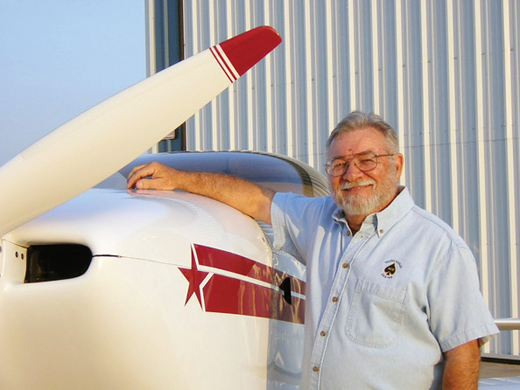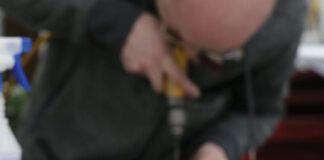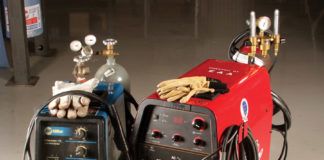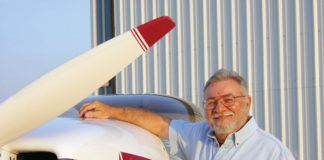
Question: I thought the limitation of one person aboard an Experimental aircraft during the initial flight phase was probably due to mechanical or system requirements, unless otherwise required. But on one flight I heard of, a second pilot, verbally approved by the DAR, was allowed along because the builder/owner was uncomfortable flying the airplane, which had more sensitive controls than the Cessna he was accustomed to. Unfortunately, the airplane turned out to be more than either pilot could handle, as the plane ended up upside down off the runway, and both occupants were injured. Without written approval for the second person being aboard there was some hassle, but the second pilot’s presence was subsequently approved by the FAA without a reprimand or any other action.
Other pilots I know seem to have found that the presence of a second pilot during the initial flight testing period (because the “test pilot” wasn’t qualified in the type) would not be a valid reason for a second pilot. The second pilot in these cases seemed to be serving more as an instructor, safety or check pilot, and was needed more because of the inexperience of the owner/pilot than because of some duty necessary to actually performing testing of the new aircraft.
The bottom line in this episode is that written approval for the additional crew was an absolute necessity to avoid problems with the FAA should subsequent events bring the presence of that additional person into question.
This seems to be an extremely gray area, so I am wondering if you could provide some illumination about the number of crew allowed aboard new Experimental aircraft during the Phase I flight-test period, and under what circumstances additional persons might be permitted aboard.
Answer: Thank you for your question. This regulation is “abused” all too often. Unfortunately, there are some inspectors, including FSDO staff, who will OK the carrying of a passenger during Phase I flight testing for various reasons.
The ruling we received from Oklahoma City tells us that with 99% of our amateur-built aircraft, there is absolutely no reason to allow this.
The operating limitations paragraph (10) states that, “During the flight testing phase, no person may be carried in this aircraft during flight unless that person is essential to the purpose of the flight.” It says nothing about the needs of the test pilot. If the pilot is incapable of making the flight solo for whatever reason, then the flight should be conducted by a fully qualified test pilot.
You are correct in that written approval is essential. However, in a court of law, if it came to that, even the written approval might not hold water.
An FAA inspector, whether an FSDO inspector or a DAR, does not have the authority to override FAA regulations. If the approval were to be challenged, and the decision came down to what we are told in our DAR seminars, it could be overturned.
The only time a second person is allowed to fly in the aircraft during Phase I is if the plane requires a two-man crew, and few amateur-builts do.
Please send your questions for DAR Asberry to [email protected] with “Ask the DAR” in the subject line.

![]()
Mel Asberry is an experienced Designated Airworthiness Representative specializing in Experimental/Amateur-Built aircraft. He and his wife, Ann, have built seven amateur-built airplanes including two ultralight types, a Moni Motorglider, a Dragonfly Mk2, two RV-6s and a Zenair CH 601HDS. They are currently building a scratch-built biplane.










